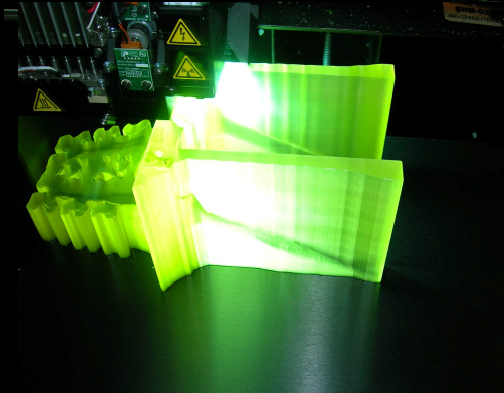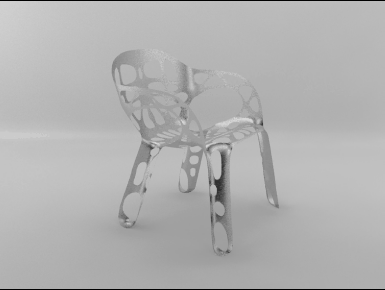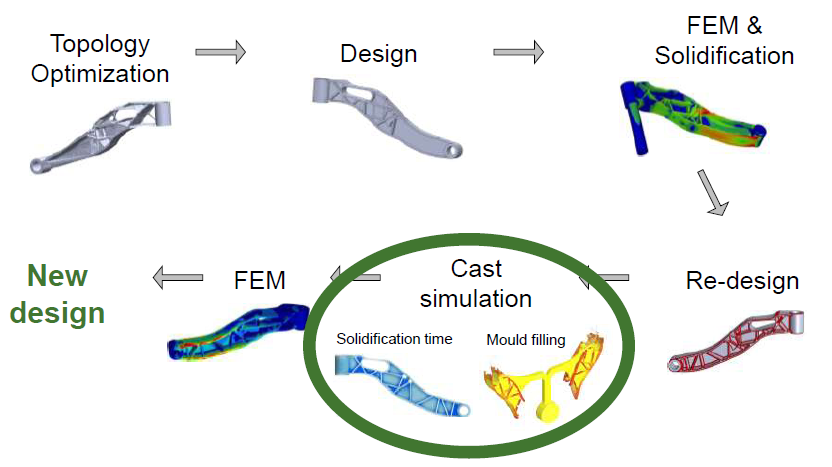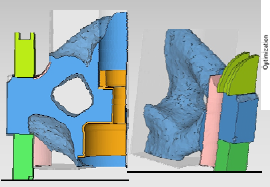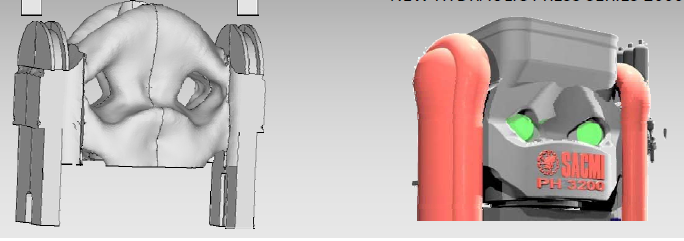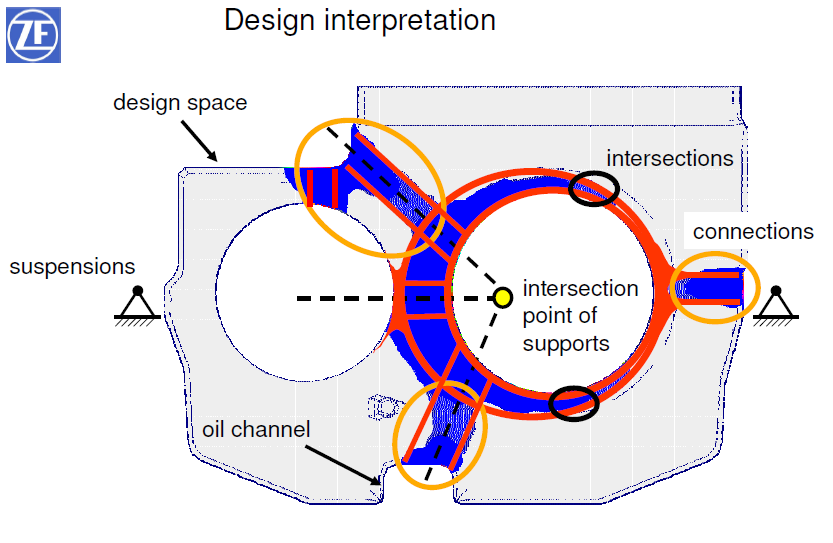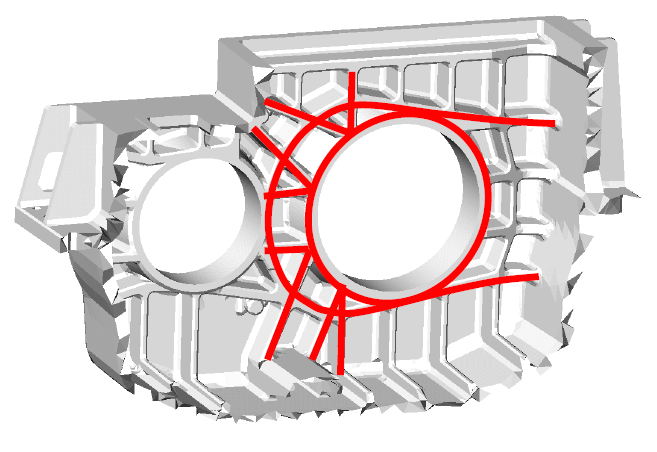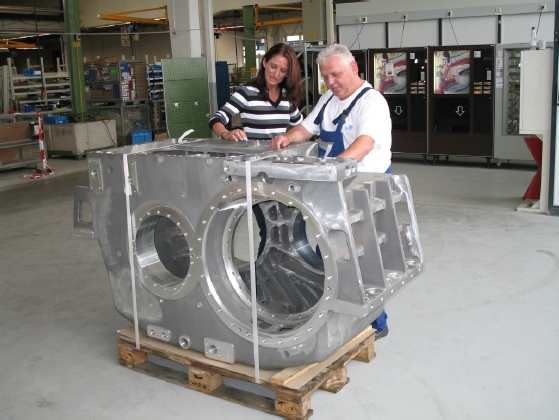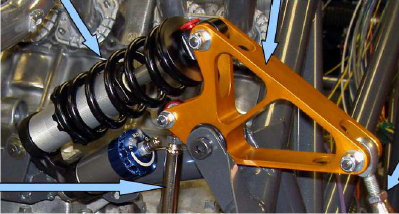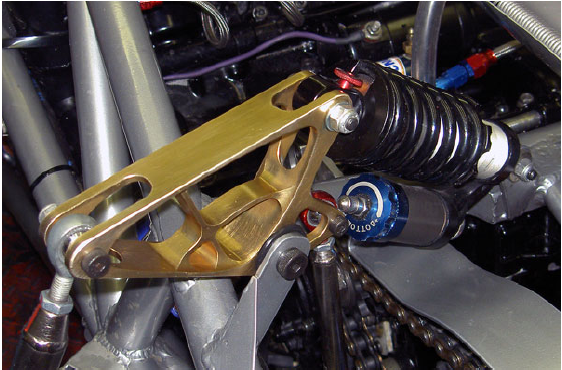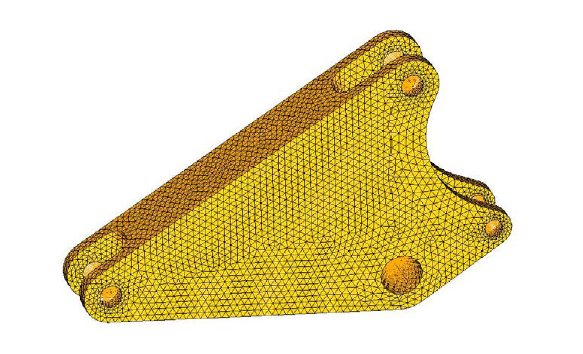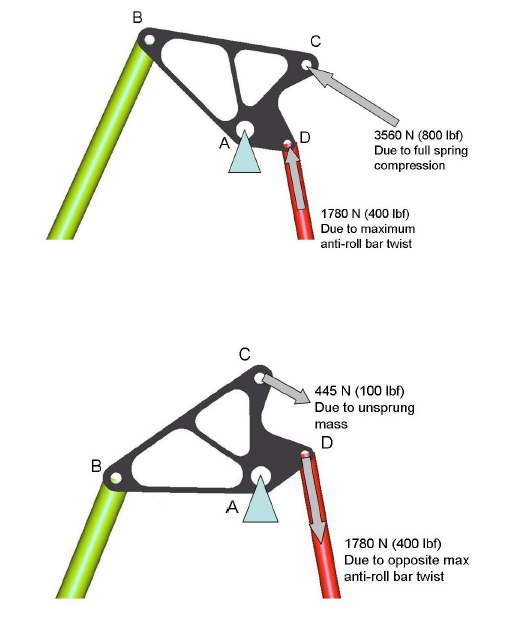Luxon Engineering designed and produced Suspension Uprights for race cars (link). They optimized the structure for 16 load-cases. The results are great, as 40% weight savings with 225% increase in stiffness. The parts were manufactured by CNC machining.
Tags
2D 3-D print 3D Additive Layer Manufacturing aerospace Aesthetics Airbus aircraft ALM alternative AMG architecture article Audi automotive bayer bearing beginner bell crank billet biomimic. dendrite BLOODHOUND BMW Body in white bolt Bracket brake Brembo bridge caliper Car casting CFRP frame free hybrid interpretation machining magnesium mesh Optimization race software Topology wing-
Recent Posts


